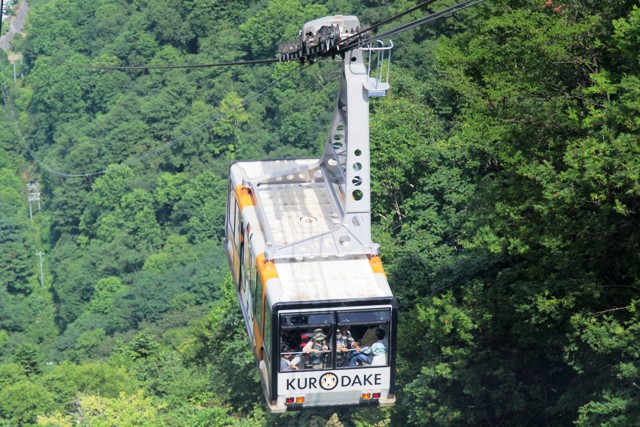
K47 set of the EMU JR East 200 series stands at Tokyo Station on the Joetsu Shinkansen
Thank you for your visit to Tokyo Railway Labyrinth. The number of my blog posts exceeded 200 last week. In the last year and a half, I have made many friends through this blog. They are mostly rail-fans as well as travelers of Japan. I hope that people all over the world will continue to enjoy my blog.
Well, in commemoration of the "200th" post in the blog, I am going to show the EMU "200" series train. Is it a bit of a stretch? As I mentioned in my blog on December 24th, 2011, the JR East 200 series is the EMU on the Joetsu Shinkansen. Connecting Tokyo and Niigata, the largest city on the Japan Sea, the Joetsu Shinkansen was fully opened in 1991 after challenging engineering work such as construction of the long Dai-Shimizu Tunnel (22.2km) in the Kanto Mountains. The total operating length is 269.5km. Currently, the maximum speed of the train is 240km per hour.
Among the 7 sets of remaining 200 series trains, K47 set is special as it maintains the original "Shinkansen Color". Look at the photo. It is beautifully two-toned in green and cream. This coloring started when the Tokaido Shinkansen was opened between Tokyo and Shin-Osaka in 1964 (see my blog on January 2nd). For most of half a century, the original colored Shinkansen trains have been disappearing due to scrapping and renovation. Therefore, this K47 set is the last of original colored Shinkansen trains.
Everything flows, nothing stands still (by Heraclitus?).
Well, in commemoration of the "200th" post in the blog, I am going to show the EMU "200" series train. Is it a bit of a stretch? As I mentioned in my blog on December 24th, 2011, the JR East 200 series is the EMU on the Joetsu Shinkansen. Connecting Tokyo and Niigata, the largest city on the Japan Sea, the Joetsu Shinkansen was fully opened in 1991 after challenging engineering work such as construction of the long Dai-Shimizu Tunnel (22.2km) in the Kanto Mountains. The total operating length is 269.5km. Currently, the maximum speed of the train is 240km per hour.
Among the 7 sets of remaining 200 series trains, K47 set is special as it maintains the original "Shinkansen Color". Look at the photo. It is beautifully two-toned in green and cream. This coloring started when the Tokaido Shinkansen was opened between Tokyo and Shin-Osaka in 1964 (see my blog on January 2nd). For most of half a century, the original colored Shinkansen trains have been disappearing due to scrapping and renovation. Therefore, this K47 set is the last of original colored Shinkansen trains.
Everything flows, nothing stands still (by Heraclitus?).






















